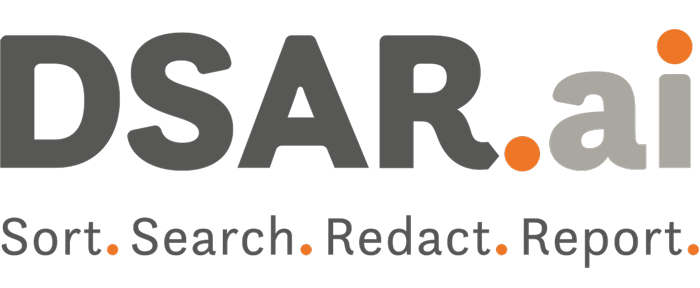DSAR Automation: How to Cut Response Times by 70% Without Compromising Compliance
In 2025, privacy teams face relentless pressure to respond to DSARs quickly, thoroughly, and securely. With the average response window capped at 30–45 days across most jurisdictions—and rising volumes, data sprawl, and litigation risk—the manual approach is no longer sustainable.
Introduction: The Compliance Clock Is Ticking
In 2025, privacy teams face relentless pressure to respond to DSARs quickly, thoroughly, and securely. With the average response window capped at 30–45 days across most jurisdictions—and rising volumes, data sprawl, and litigation risk—the manual approach is no longer sustainable.
Automation isn’t just a time-saver—it’s now a strategic enabler of compliance, trust, and efficiency. Here’s how forward-thinking teams are using DSAR automation to slash response times by up to 70% while staying fully aligned with global privacy regulations.
1. Why Manual DSAR Handling Is a Risk in 2025
Manual DSAR fulfillment—relying on spreadsheets, email coordination, and human review—is riddled with issues:
-
Slow turnaround that risks breaching deadlines
-
Human error in redaction or data omission
-
Inconsistent audit trails
-
Resource strain across IT, legal, and HR
As DSARs evolve to include complex formats like video, chat logs, and biometric data, the risk multiplies.
2. What True DSAR Automation Looks Like
Modern DSAR platforms—like DSAR.ai—don’t just digitize tasks. They orchestrate the entire lifecycle:
-
Automated Data Discovery: Scans across cloud platforms, SaaS apps, and structured/unstructured sources to locate personal data.
-
Smart Redaction Tools: Automatically blur or black out sensitive content in text, video, and audio files.
-
Workflow Orchestration: Assigns review steps, enforces response timelines, and flags risks—all in a centralized dashboard.
-
Audit-Ready Reporting: Creates a full activity log to prove compliance if audited.
3. Real Gains: Speed, Scale, and Control
Organizations using mature DSAR automation report:
-
60–70% reduction in average response time
-
Improved data accuracy through standardized templates and AI-assisted redaction
-
Fewer handoffs, leading to lower legal team burden
-
Higher confidence in compliance across jurisdictions
Even mid-sized companies now receive dozens of DSARs per month. Without automation, scalability breaks down fast.
4. Choosing the Right DSAR Automation Platform
When evaluating a DSAR solution, privacy leaders should ask:
-
Does it handle multimedia data (video, audio, screenshots)?
-
Can it connect to your actual data stack (SaaS, CRM, messaging, cloud)?
-
Is there granular access control for sensitive internal reviews?
-
Can you pause DSAR timelines during identity verification (per DUAA and US laws)?
-
Does it generate regulator-friendly audit logs?
Spoiler: DSAR.ai was purpose-built for these use cases—and more.
5. Automation + Human Oversight = Trust
Automation doesn’t replace people. It empowers them to make better decisions, faster.
-
Legal teams retain control over sensitive redactions
-
Review checkpoints can be layered for high-risk requests
-
Tiered workflows enable both speed and diligence
The key is transparency, auditability, and the ability to respond proportionately—especially under new DUAA “reasonable effort” standards.
Conclusion: Move Fast. Stay Compliant. Build Trust.
2025 has redefined DSAR expectations. With rising volume, complexity, and regulatory scrutiny, automation is no longer optional—it’s a baseline requirement for privacy resilience.
If your team is still manually tracking DSARs in spreadsheets, it’s time to scale smarter.
See how DSAR.ai cuts response time while raising your compliance game. Explore DSAR.ai
 020 8004 8625
020 8004 8625


